In 2012, ArchitectureRichmond’s Don O’Keefe interviewed Chris Fultz, then head of Fultz Architects, a Richmond-based design firm. Since then Fultz has entered a partnership with architect Amrit Singh to form Fultz and Singh. Previously, he served as a design principle at SMBW Architects where he lead such projects as Luck Stone’s headquarters, the Belvedere Gardens Mausoleum, and the United Network for Organ Sharing headquarters.
Talk about your time at SMBW. What were some of the most rewarding projects you worked on there?
SMBW is the reason I’m still in Richmond. I met one of the founding partners, Will Scribner, while I was in graduate school. At that time he had a vision to establish a truly modernist-oriented practice in Richmond, which was incredibly intriguing to me. While I was there some of the most rewarding projects that I worked on included the Belvedere Gardens Mausoleum in Salem, Virginia, the UNOS (United Network for Organ Sharing) headquarters [Richmond], and Luck Stone headquarters [Goochland County].
Belvedere Gardens was the first time I was able to work with a truly visionary client. He pushed and encouraged the design team to do more. One of the most remarkable things about that story is that he kept asking us to slow down. He felt the design process was proceeding too rapidly, which you never hear in the business of architecture.
The other rewarding aspect was that it was the first project where I was able to pursue something I am very passionate about which is building in the Virginia landscape. I came from Texas which is very flat. [There are] not a lot of geographic features to work with so one of the things I have always been inspired by in Virginia is the geography of the state. The Belvedere Gardens Mausoleum, for all intents and purposes, really is a landscape project. What I learned through that process was how to create a profound sense of place that allowed you to connect with the site in a really meaningful way. It yielded something that was very genuine and original yet it responded to the immediate site and the surrounding viewshed of the Appalachian Mountains. I think that elevated the human experience of the place.
What was a project that you worked on at SMBW that really affected Richmond?
The UNOS headquarters building was rewarding on many levels. It was one of the first truly modern buildings in the Biotech Park. However, the story there is the Donor Memorial. Our vision was to design a national memorial for organ and tissue donors. It was truly design by committee, the most profound sense of collaboration I’ve ever had. It was the antithesis of what you typically think of as design by committee which is political and counter productive. We ended up designing a humble and unique place in downtown Richmond which I think has lived up to some of the ideals and ambition that we set forth.
How do you think SMBW has prepared you for founding Fultz Architects?
I’m very grateful for the opportunities that I had there. It was a great environment, a very supportive environment to be in as a young designer. Within a matter of a few years I was thrust into a leadership position. The 15 years that I spent there allowed me to grow and mature not only as a designer but as a business owner. That lead me to a point in my career where I had the courage to step out and start my own thing.
What can we expect from Fultz Architects? What excites you most about this next step?
I’ve got some fantastic projects coming down the pipe. UNOS just purchased a building in Jackson Ward. They want to completely recast the interior and promote the kind of vocabulary that’s going on at their headquarters building. They were exploring the idea of a community learning center on the first floor. I think we will be able to realize some of those ideas.
Currently, we are working on Luck Stone’s new scale office [a small building that serves as a customer interface with a quarry]. We’ve been designing a prototype that can be reproduced and executed on a number of sites. We are looking at ways to adapt skin and color palettes so that it’s more site specific, dependent on the nature of the quarry. One of the things we did with this project was to take the green aggregate out of the quarry, mix it with concrete, cast the slab and polish it. It’s beautiful. That project has also lead us to other opportunities like industrial design. We are designing this metal kiosk for the customer interface. That project we are doing with Charles Yeager [a Richmond-based fabricator] who’s a good friend of mine. One of the things I’m most proud of is the relationships I have been able to cultivate with local designers. Their imprint can be seen on most of my work.
There is an empathetic aspect to the way that I work and I think there is a lot of value in that. I’m committed to modernism. I’m committed to practicing that in a traditional city. I think that the city and the community are finally getting comfortable with modern architecture in a traditional context. There is a growing demographic of people out there looking for more than a plain solution. I have confidence that I can find those people and establish those new relationships.
To find out more:
Fultz and Singh Architects
D.OK.


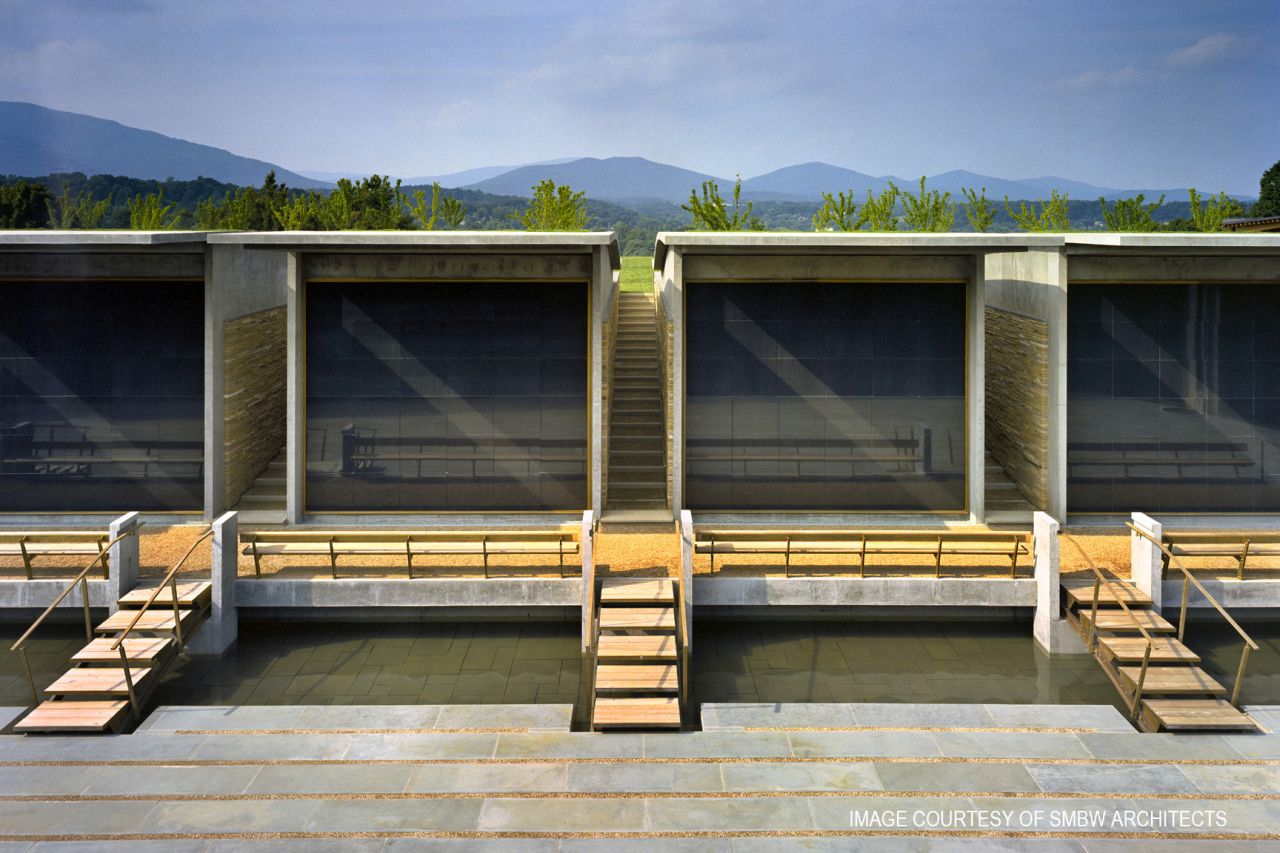
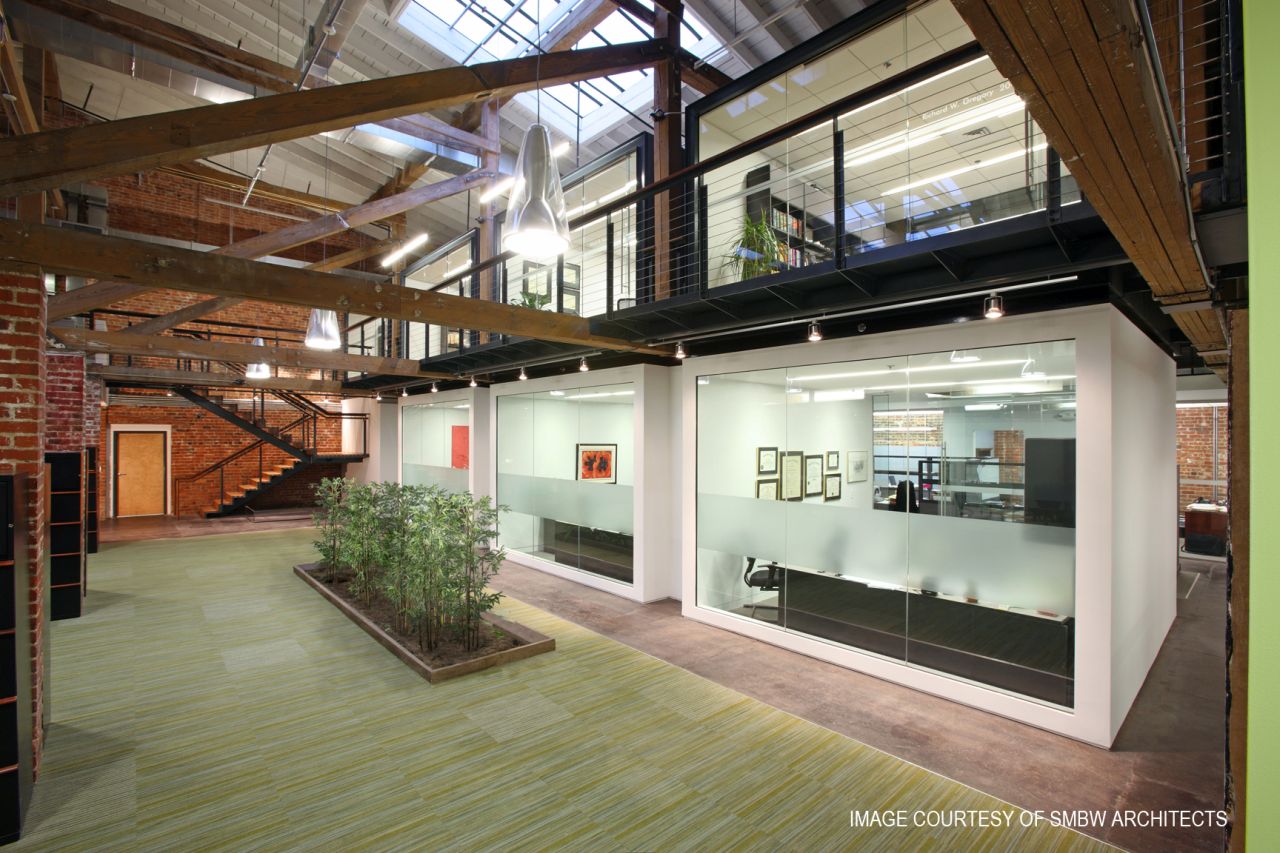


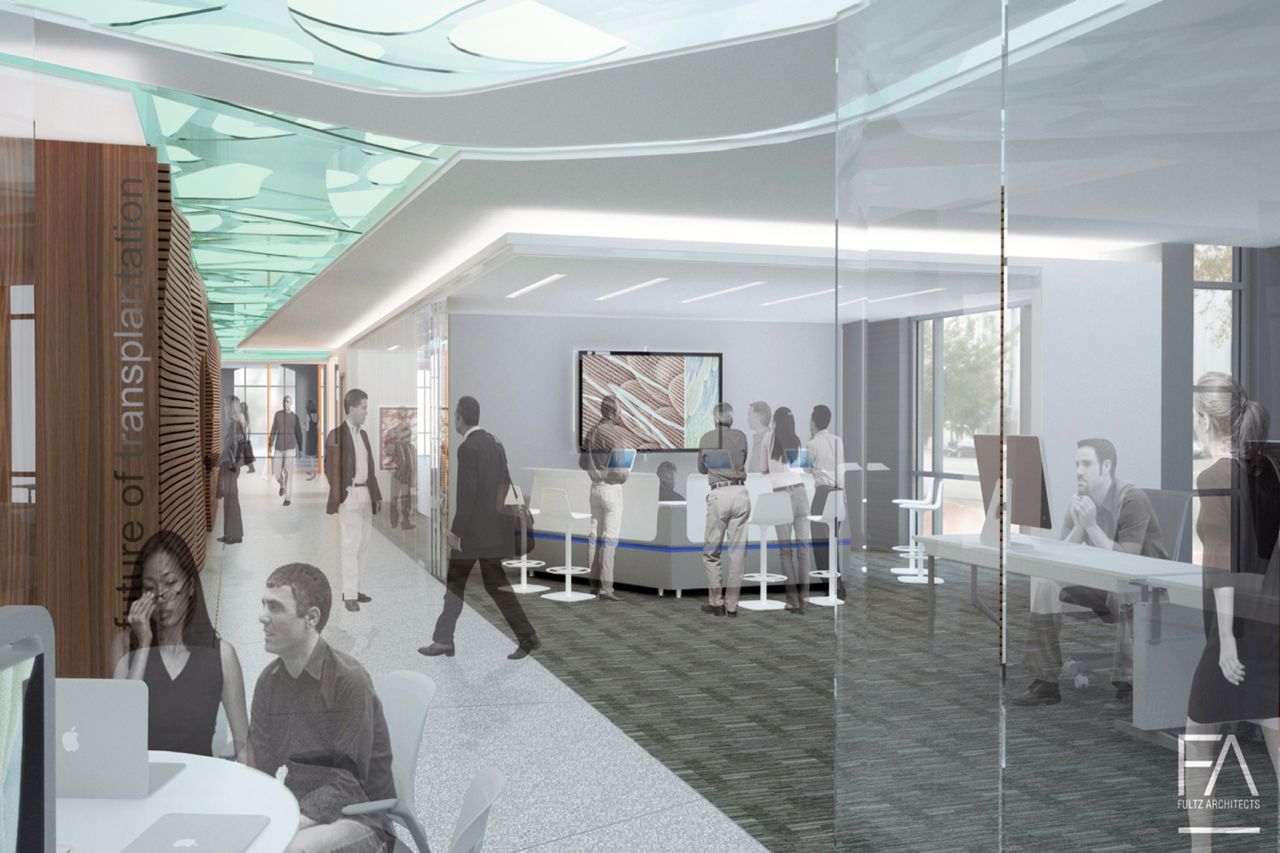
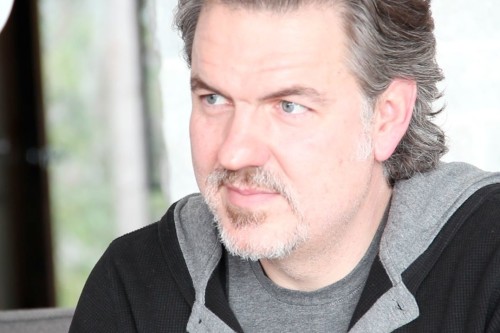


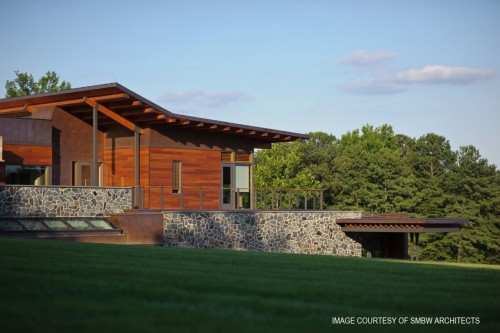
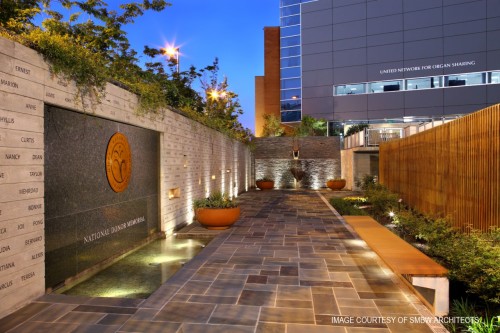
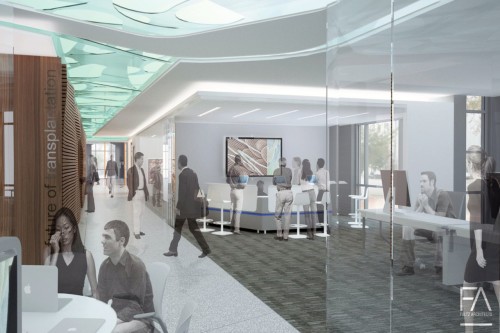
2 Comments
[…] was completed by a partnership between the former BAM firm and SMBW then, I assume, it followed Chris Fultz to it’s current home on his website, fultzarchitects.com. The homepage of that site got me […]
[…] was completed by a partnership between the former BAM firm and SMBW then, I assume, it followed Chris Fultz to it’s current home on his website, fultzarchitects.com. The homepage of that site got me […]
Write a Comment
Posted
Share
Category
InterviewTags
Chris Fultz • Fultz Architects • Interview • modern • SMBW